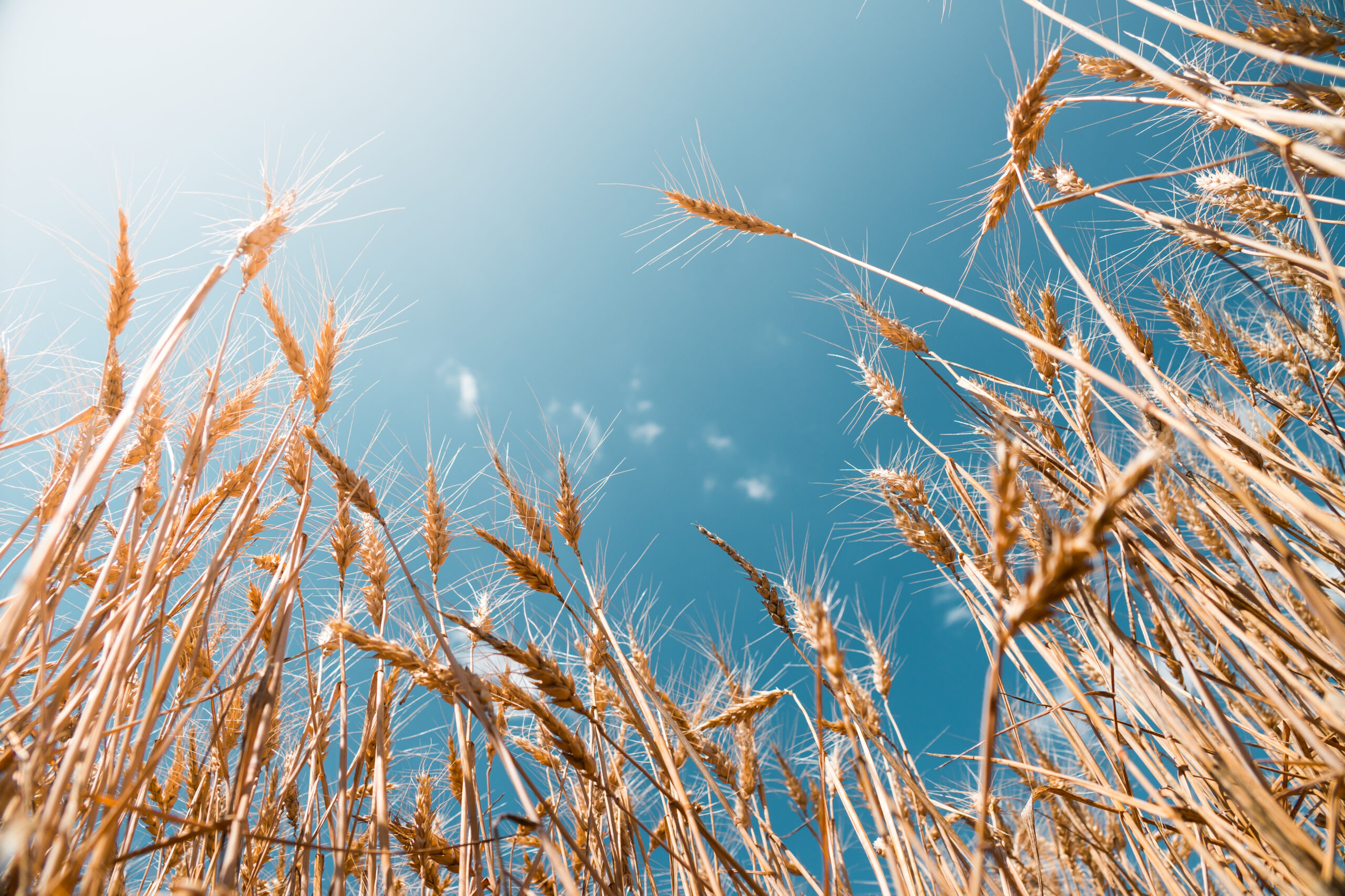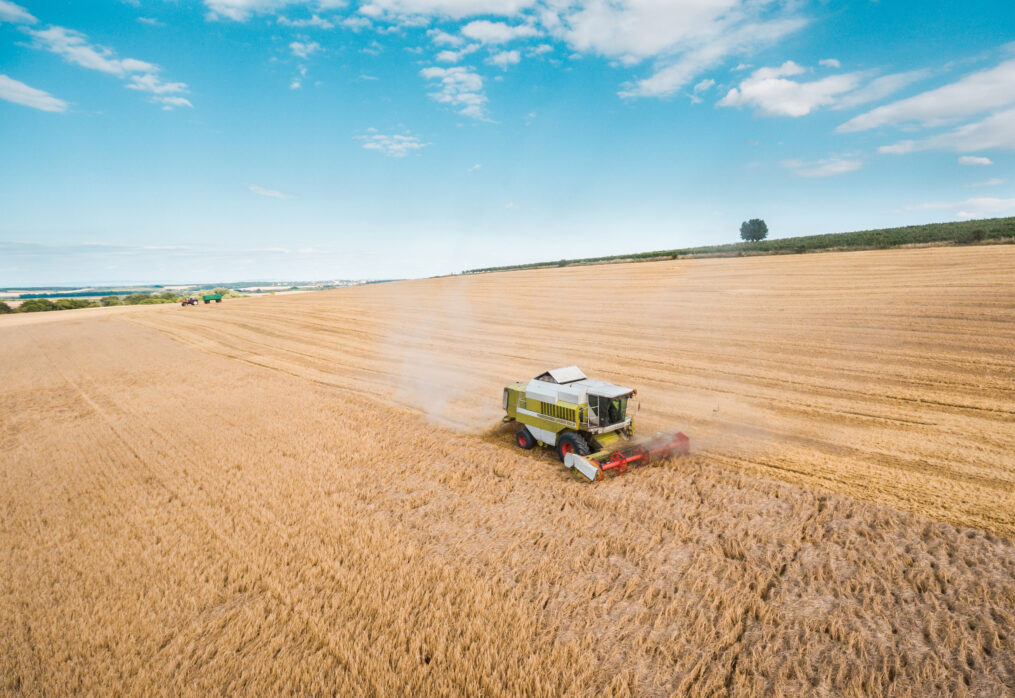Increasing the production of grain crops: market overview
What factors influence the increase in the production of grain crops
This year, weather conditions are in favor of the agricultural sector. Analysts promise that grain crop production will reach record values — 2.8 billion tons, which is 1.1% more than last season’s results. Despite good expectations, this volume will not be able to satisfy consumption, which is predicted on the world market. As a result, grain stocks will decrease.
An increase in harvest is promised for both wheat and forage crops. First of all, the forecast increased due to the region of Eastern Europe, where weather conditions contribute to an increase in production. Throughout the season there has been a sufficient amount of rainfall and sunny days, there were not many dry periods, and they did not significantly affect the quantity and quality of the crop. Analysts expect global wheat production to reach about 777 million tons, which is 7.2 million tons more than in the previous forecast. This figure almost corresponds to the volume of 2020.
For three years in a row, from 2017 to 2019, Australia experienced drought, resulting in a reduced crop and poorer quality. This season, however, the weather is favorable to local farmers, and they are hoping for good results from their work. In addition, Australia stands a good chance of regaining its position as a major grain exporter. Canada was not so lucky, and here they forecast a decline in production due to climatic conditions that have affected the growth of wheat. The latest forecast from experts has improved expectations due to increased yields in a number of grain varieties, but Canada will still not be able to reach the level of production that was observed last year.
Canada was not so lucky, and here they forecast a decline in production due to climatic conditions that have affected the growth of wheat. The latest forecast from experts has improved expectations due to increased yields in a number of grain varieties, but Canada will still not be able to reach the level of production that was observed last year.
Farmers from Eastern Europe also cannot boast of a successful year. Drought negatively impacted winter wheat crops and country expectations lowered.
Climate change is affecting the agricultural industry, in this case in a positive way. For example, due to rising temperatures, avocados are now being grown in Sicily, and grapes are doing well in Canada. In Russia, global warming has increased the production of wheat — it is being sown in regions that were previously not designed for it. But there is another side to the coin. North and South America have become more affected by drought, so higher grain yields in some regions compensate for losses in others. It should also be taken into account that consumption volumes are regularly increasing, and in a global sense, current production is not all that bad.
